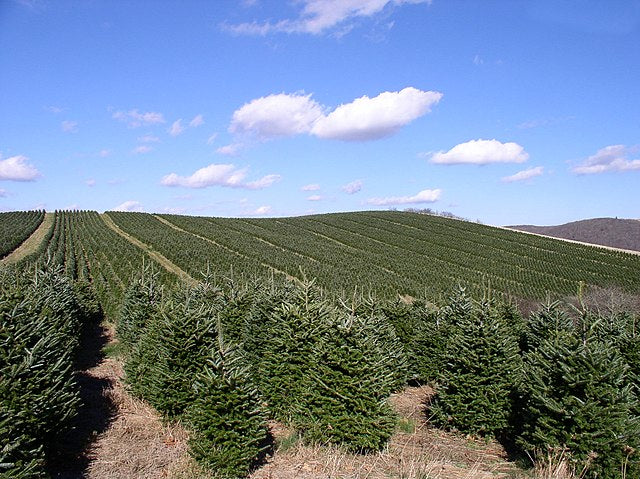Collection: Fir Plugs
-
Balsam and Fraser fir trees are popular fir trees, often used for Christmas trees due to their pleasant aroma and attractive appearance.
- Geographic Range: Native to North America, primarily in the northeastern United States and eastern Canada.
- Climate: Prefers cold climates and is commonly found in boreal forests.
- Soil: Thrives in moist, well-drained, acidic soils.
Balsam Fir:
- Christmas Trees: Popular choice due to their fragrance and needle retention.
- Wood Products: Used for pulpwood and light construction.
- Medicinal Uses: Traditionally used by Native Americans for its resin, which has antiseptic properties.
Fraser Fir:
- Christmas Trees: Highly valued for its strong branches, pleasant scent, and excellent needle retention.
- Ornamental Uses: Often used in landscaping and as ornamental trees due to their symmetrical shape.
Differences
- Balsam Fir: Has flat, dark green needles with a silvery underside. The cones are upright and disintegrate upon maturity.
- Fraser Fir: Similar needle appearance but with a more pronounced silvery underside. The cones are also upright but tend to be slightly smaller than those of the balsam fir.
- Balsam Fir: Generally grows taller, reaching up to 75 feet.
- Fraser Fir: Typically shorter, growing up to 50 feet, and has a more compact, pyramidal shape.
- Balsam Fir: Known for having more prominent resin blisters on the bark.
- Fraser Fir: Has fewer and less noticeable resin blisters.

-
 Sold out
Sold outBalsam Fir Plugs Packs
Regular price From $35.00 USDRegular priceUnit price / per -
 Sold out
Sold outFrasier Fir Plug Packs
Regular price From $35.00 USDRegular priceUnit price / per

